Roopkund, a high altitude glacial lake in the state of Uttarakhand is also a famous trekking destination for adventurers across the world.
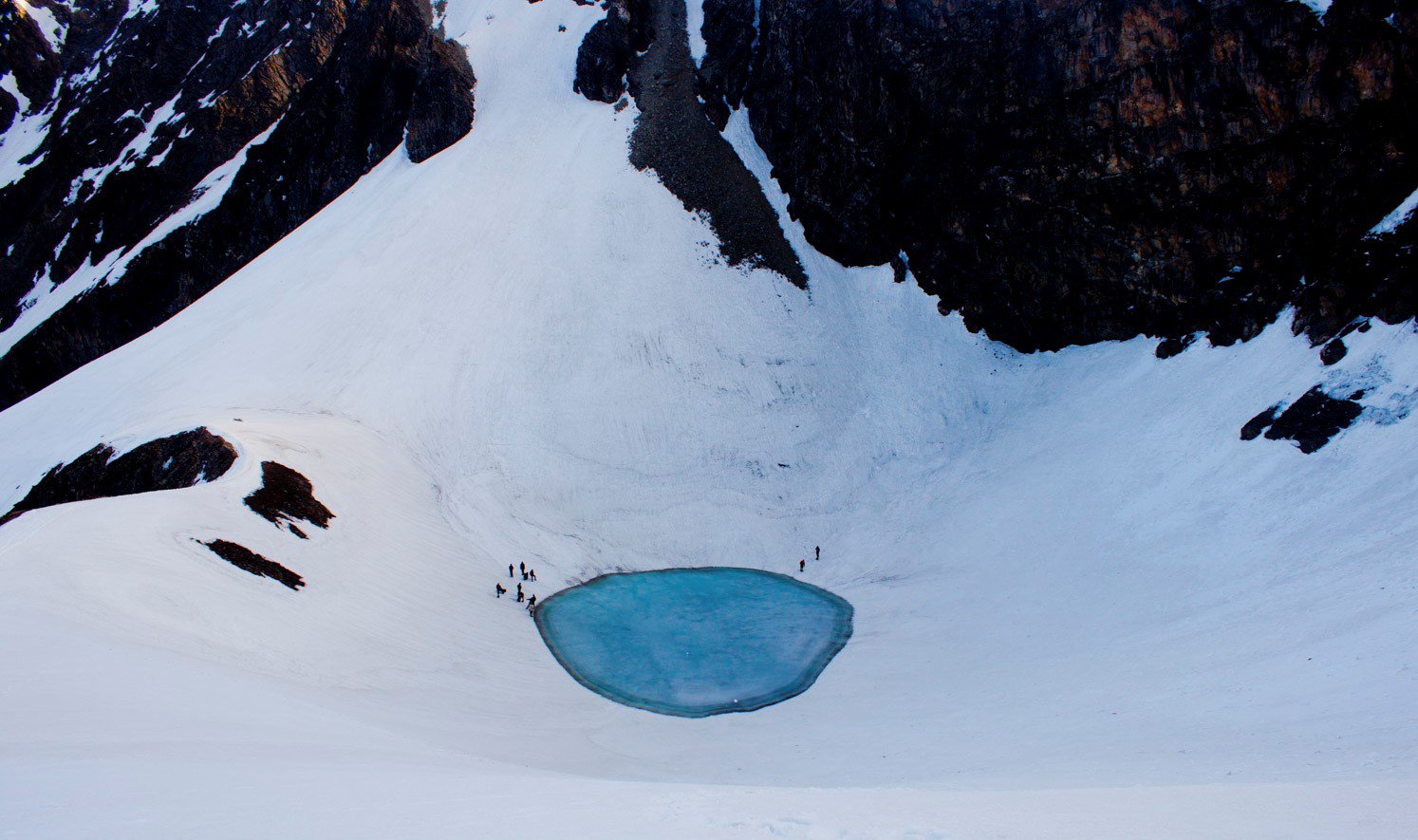
For decades, the discovery of skeletal remains around a lake in the Himalayas known as Roopkund and the identity of the dead has remained a great mystery.
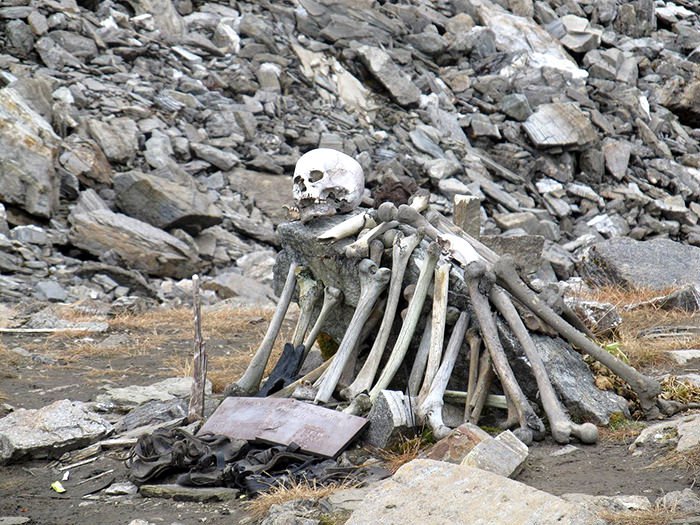
The puzzle has now been partially solved, after a 10-year research study from the Centre for Cellular & Molecular Biology (CCMB-CSIR).
Scientists revealed that the remains belonged to people from Indian, Mediterranean and Southeast Asian populations.
This means that the skeletal remains represent the first ancient DNA samples that have been derived from three distinct genetic groups, reports The Indian Express.
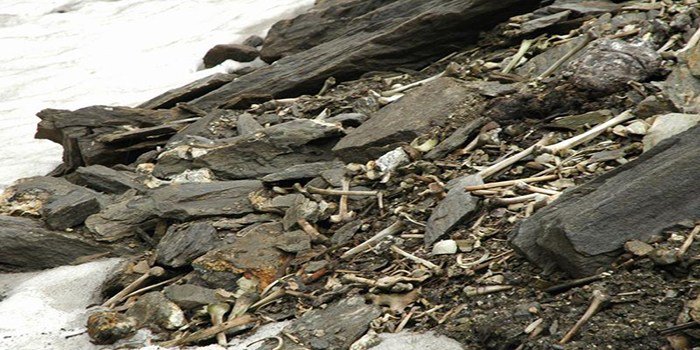
According to the study, the identity of these skeletal remains has long been subject to a lot of speculation.
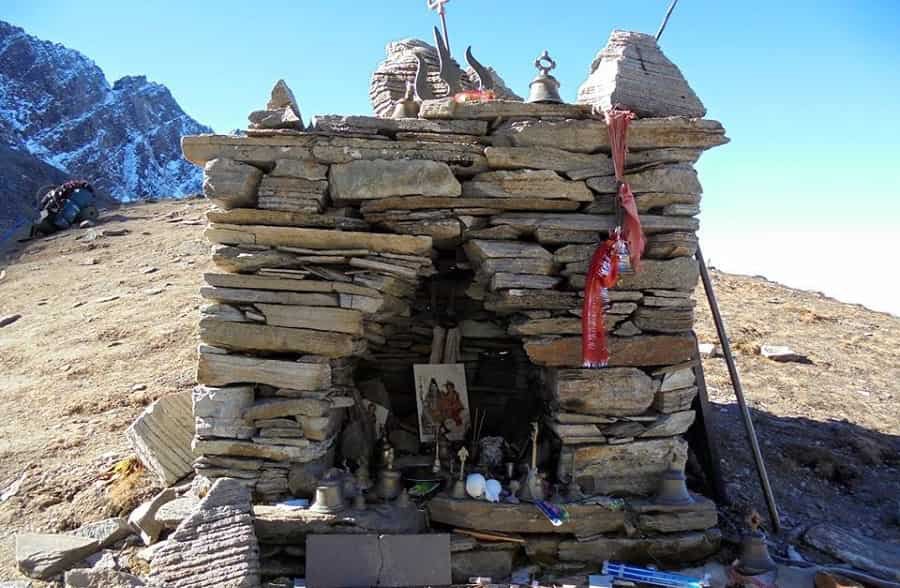
Now according to reports, ancestors from India died at Roopkund during 7-10th century CE due to distinct events.
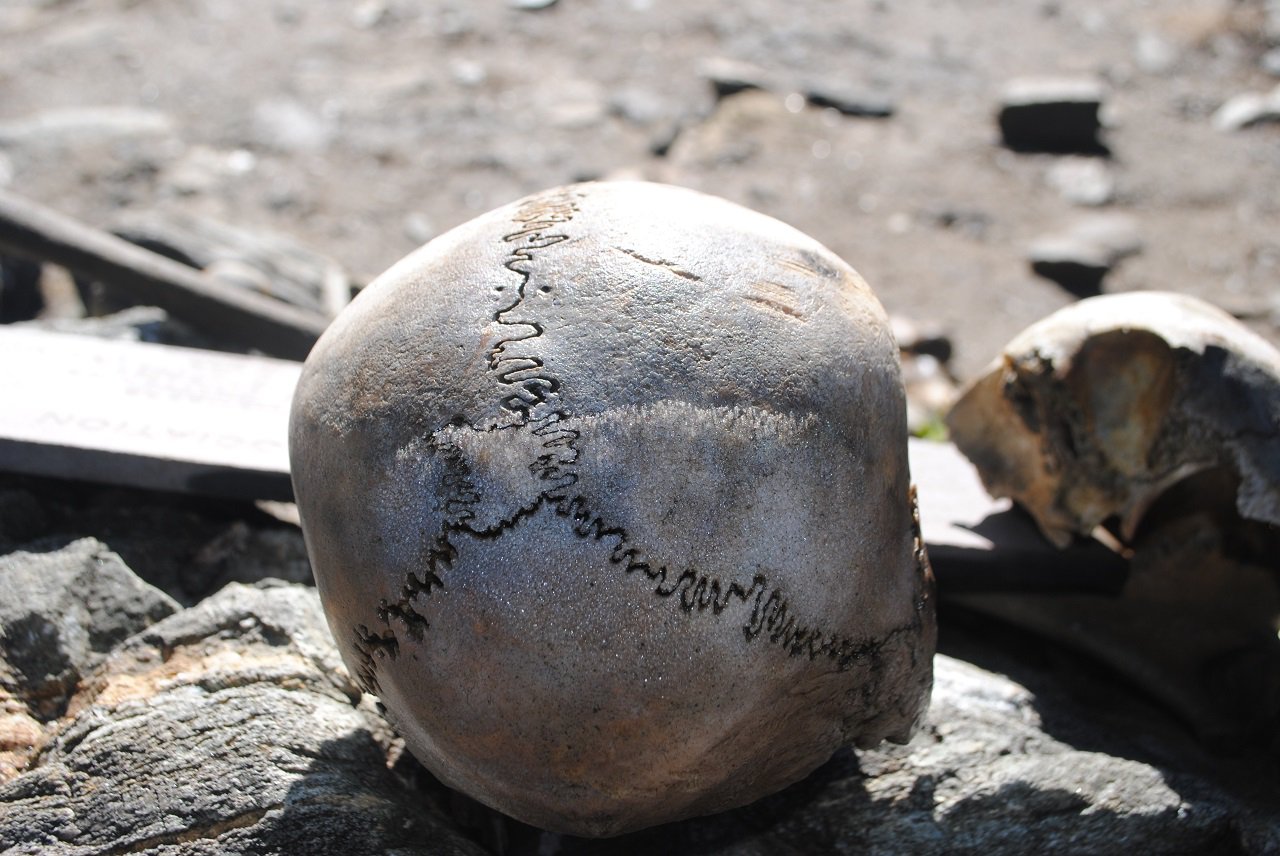
Scientists have traced the identity of these remains back to the Indian, Mediterranean and Southeast Asian populations. The remains of 23 individual skeletons have been linked to people from present-day India.
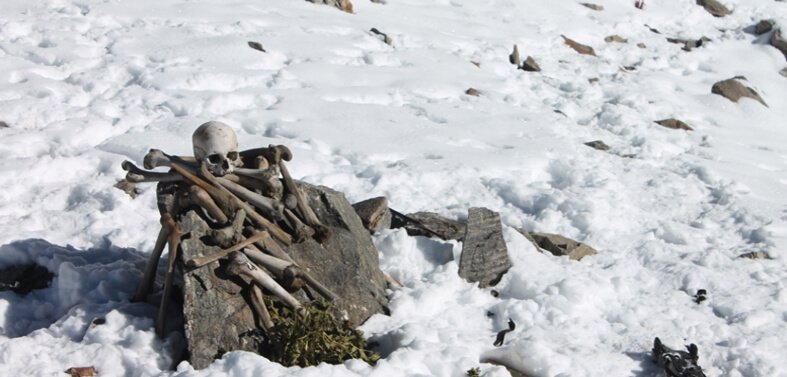
Officials from CSIR-CCMB, spoke to media and said:
The second large group is made up of 14 individuals with ancestry that is most closely related to people who live in the eastern Mediterranean, especially present-day Crete and Greece. A third individual has ancestry that is more typical of Southeast Asia.
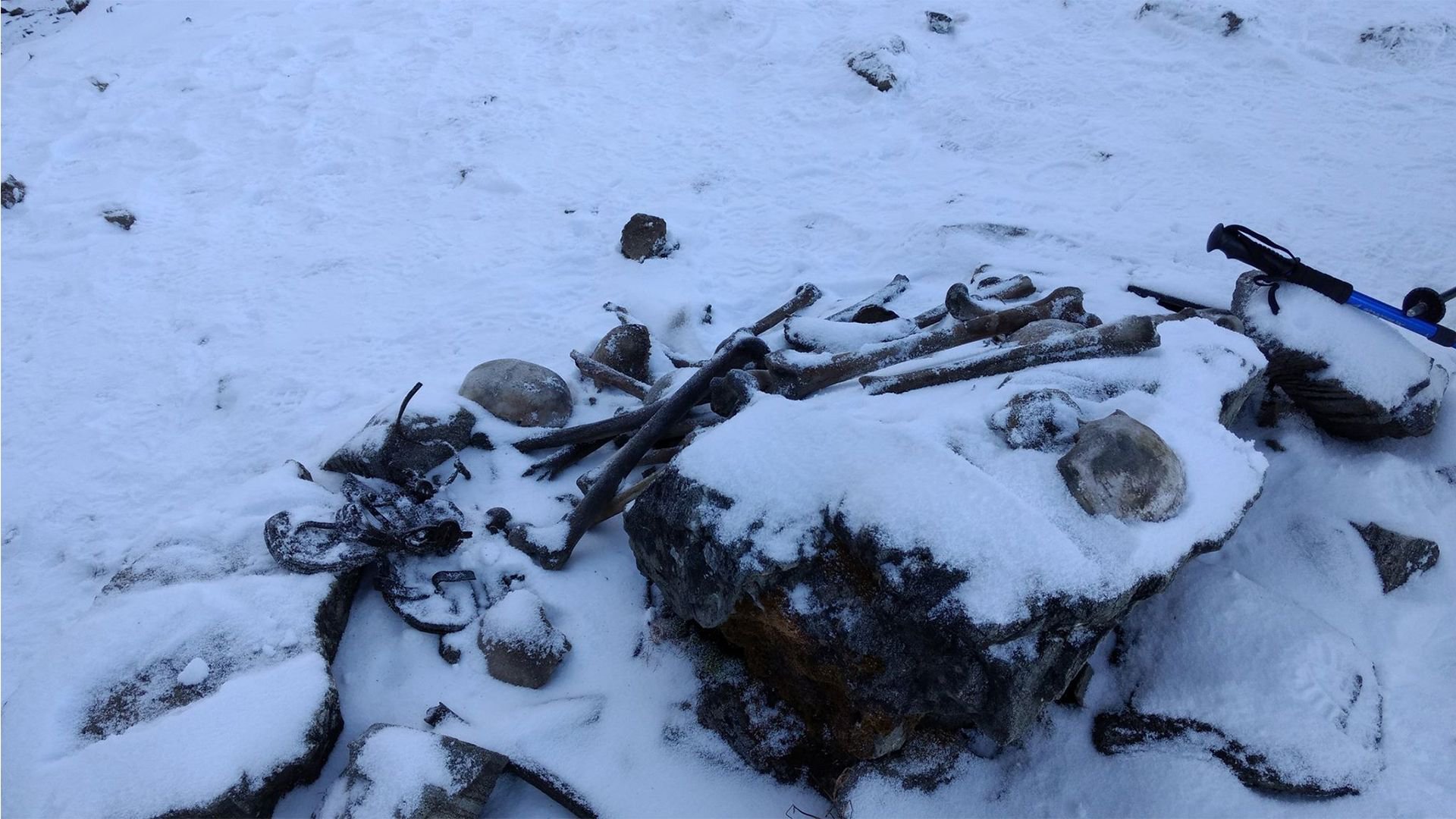
However, the study does not reveal the cause of death.
We first became aware of the presence of multiple distinct groups at Roopkund after sequencing the mitochondrial DNA of 72 skeletons. While many of the individuals possessed genetic information typical of present-day Indian populations, we also identified a large number of individuals with genetic makeup that would be more typical of populations from West Eurasia.
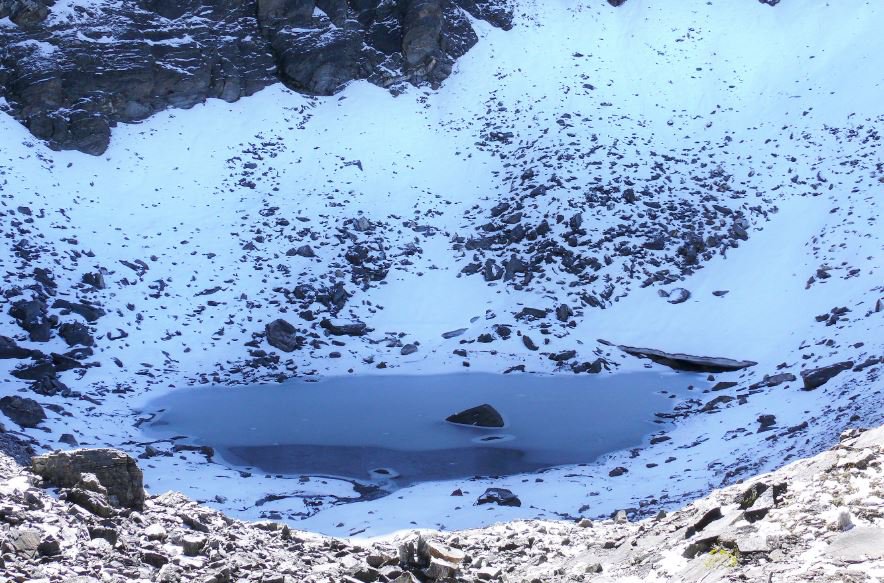
Even stable isotope reconstruction of the skeletons support the presence of multiple distinct groups among the remains, consistent with the genetic evidence.

















